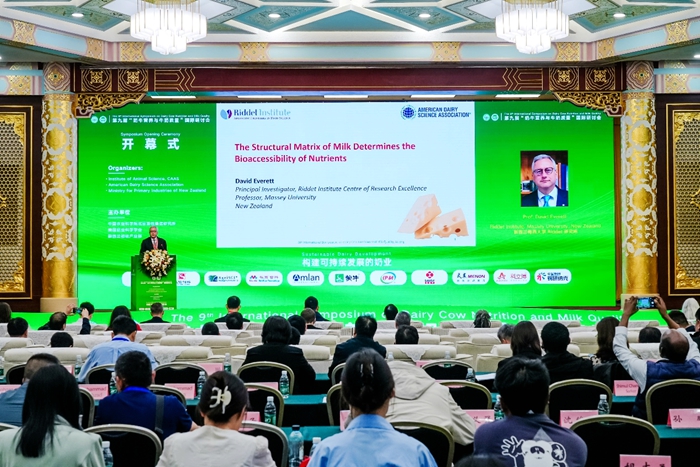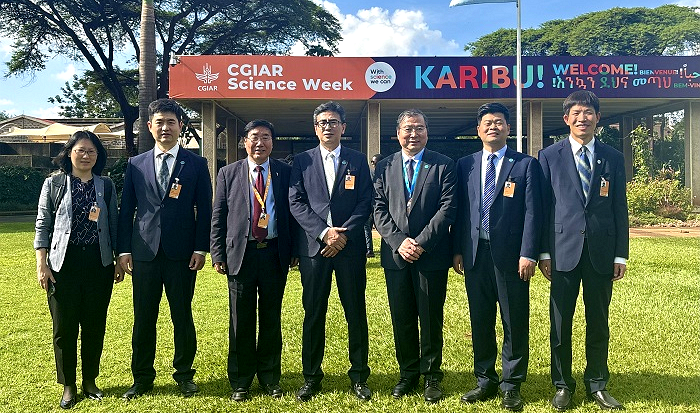Multi‑omics analyses unveil dual genetic loci governing four distinct watermelon flesh color phenotypes
Recently, the team for the Watermelon and Melon Resources from Zhengzhou Fruit Research Institute of CAAS revealed that a "two-switch" genetic model by integrating two major causative loci, which can explain the formation of the four main flesh colors in different watermelon accessions. These results provide new insights into the regulation of carotenoid biosynthesis and color formation in plants. The related research findings were published in "Molecular Horticulture".
Watermelon fruit flesh displays various colors. Although genetic loci underlying these variations are identified, the molecular mechanism remains elusive. The research team assembled a chromosome-scale reference genome of an elite watermelon and developed integrated genetic maps using single nucleotide polymorphism and structural variation markers. Through systematic integration of dual genetic loci, they confirmed the molecular mechanism underlying watermelon flesh color differentiation. Four phenotypically distinct flesh colors in various watermelon accessions arise through coordinated action of two regulators: Lycopene β-Cyclase (ClLCYB) determines which type of carotenoid (yellow vs. red), while REDUCED CHLOROPLAST COVERAGE 2 (ClREC2) modulates the level of red carotenoid (coral red vs. scarlet red). The new insights offer valuable guidance and advance our understanding of carotenoid biosynthesis and accumulation in plants.
This research received support from national projects such as the National Key R&D Program and the Agricultural Science and Technology Innovation Program.
Linkage:https://molhort.biomedcentral.com/articles/10.1186/s43897-025-00166-y

Two genetic variants together regulate the formation of four flesh colors of watermelon
By Li Na
lina01@caas.cn
-
 May 20, 2025IPPCAAS Experts Visit Australia to Promote In-Depth China–Australia Cooperation in Plant Biosafety
May 20, 2025IPPCAAS Experts Visit Australia to Promote In-Depth China–Australia Cooperation in Plant Biosafety -
 May 20, 2025Opening Ceremony of the Seminar on Modern Breeding and Management of the Vegetable Industry for BRI Partner Countries Successfully Held in Yanqing, Beijing
May 20, 2025Opening Ceremony of the Seminar on Modern Breeding and Management of the Vegetable Industry for BRI Partner Countries Successfully Held in Yanqing, Beijing -
 May 18, 2025Sustainable Dairy Development — The 9th International Symposium on Dairy Cow Nutrition and Milk Quality Convenes in Beijing
May 18, 2025Sustainable Dairy Development — The 9th International Symposium on Dairy Cow Nutrition and Milk Quality Convenes in Beijing -
 Apr 25, 2025CAAS President Meets Director General of IAEA
Apr 25, 2025CAAS President Meets Director General of IAEA -
 Apr 25, 2025CAAS Delegation Attends CGIAR Science Week 2025
Apr 25, 2025CAAS Delegation Attends CGIAR Science Week 2025
